
From the panoramic mountain vistas to the jungles and the beaches, Papua New Guinea—the largest tropical island in the world—is a naturally blessed and beautiful land. But a peaceful land it is not.
A country of high unemployment, poor education and widespread corruption, Papua New Guinea is rife with ethnic conflict and infested with criminal gangs, known as ‘raskols,’ (the indigenous Tok Pisin word for criminals) that trade in guns, drugs intimidation and violence.
Papua New Guinea’s capital, Port Moresby, is regularly cited among the world’s five worst cities to live in. In 2004, an Economist survey ranked Port Moresby the most unlivable city on earth.
As a photographer who has covered stories of conflict the world over—from the conflicts in Afghanistan, Angola and Somalia to the genocide in Rwanda and East Timor’s struggle for independence—Stephen Dupont was drawn to document Papua New Guinea’s troubling story.
His new book Raskols: The Gangs of Papua New Guinea, published by powerHouse Books this month, showcases an essay of portraits that he shot in the country he has visited frequently over the last eight years.
Dupont traveled from neighboring Australia to investigate the lawless landscape of tribal divisions in Papua New Guinea with an intention to document the ‘Raskols’ that dominate the area. He first encountered the ‘Kips Kaboni’ or ‘Scar Devils’ gang in the midst of a tribal conflict. The night before, a highlander had killed a Motu woman by throwing a metal spear through her neck. A general revenge rampage against all highlanders had followed and their shops and properties were burnt down.
“The entire settlement was tense and the Motu people were waiting for the Highlanders to fight back,” Dupont said. “I met Alan Omara, the ‘Kips Kaboni’ gang leader who was orchestrating his boys to arm themselves and protect the Motu community. (With) home made guns, machetes, axes bows and arrows—the community was ready.”
Over the days that followed, Dupont covered the events as they unfolded. By the time things had calmed down, he had gotten to know Omara and his gang and had earned their trust and respect. Dupont asked if he could make a series of portraits of the young men and boys.
“I chose to photograph them in very simple approach allowing each subject to project their own individual image,”said Dupont. “Each character was strong in their own way, and I wanted to capture something in their face, their eyes and their body language. My aim was to show the face behind the facelessness of gang culture really. An expose of a dark side of the human condition.”
Over many weeks and several trips in 2004, Dupont would meet the raskols inside their safe-house and shoot portraits with his Polaroid land camera and Polaroid 665 positive-negative film.
Working in the late afternoons when the light was best he asked his subjects to stand in front of the camera, posing with their weapons of choice which included menacing homemade guns. “At times they pointed the guns in my direction or made other ego-encouraged gestures of gang culture body language,” said Dupont. “I gave them very little direction and then picked my moments to shoot.”
Dupont’s disturbing and powerful polaroids of latter-day outlaws are fittingly reminiscent of the wild west era daguerreotype portraits of more than a century ago.
In 2011, Dupont went back and tracked down the raskols. “I found out that many were no longer criminals or in the gang. Some had taken jobs as security workers, or building laborers,” said Dupont. However, not all their stories had positive ends. “Others had died of sickness, were murdered or are in jail.”
Raskols was one of Dupont’s first forays into portraiture-based essays. The series has since led him to make other significant portrait projects including work in Afghanistan and India. His experiences in Papua New Guinea also inspired Dupont to cover stories there regularly, which culminated in a 2011 project about Papua New Guinea society and de-tribalization for Harvard’s Peabody Museum of Archaeology and Ethnology as the recipient of the Robert Gardner Fellowship of Photography.
Stephen Dupont is a Sydney-based photographer. See more of his work here.
Raskols: The Gangs of Papua New Guinea was recently released by powerHouse Books.


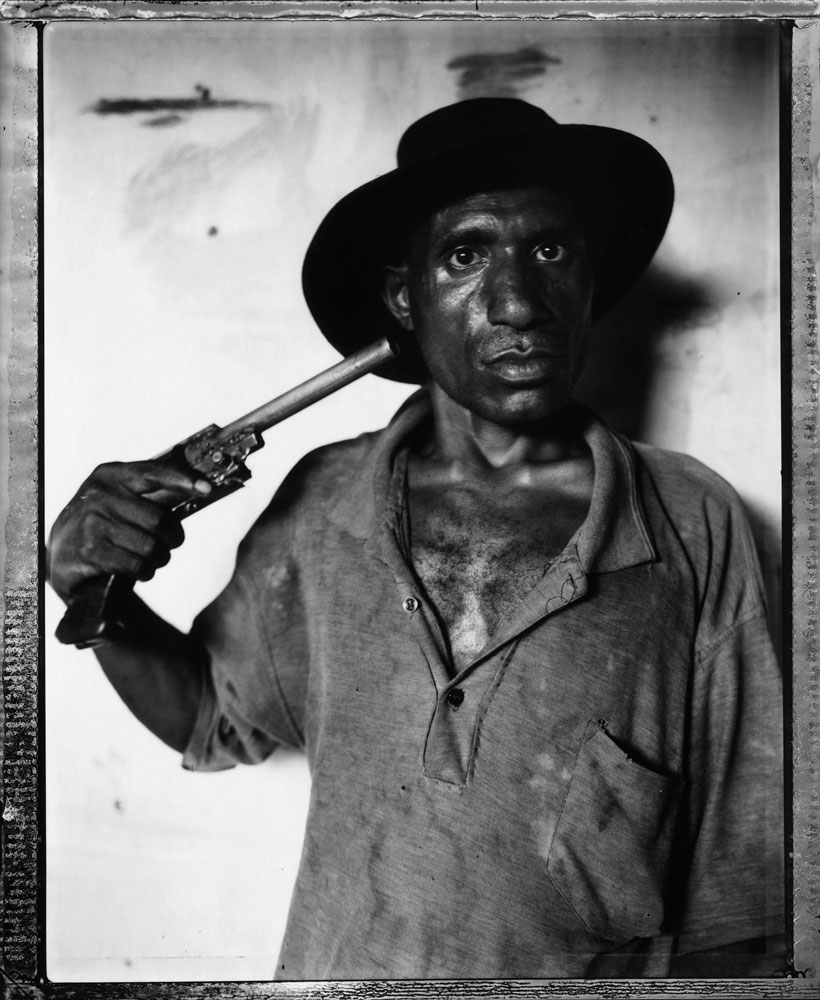


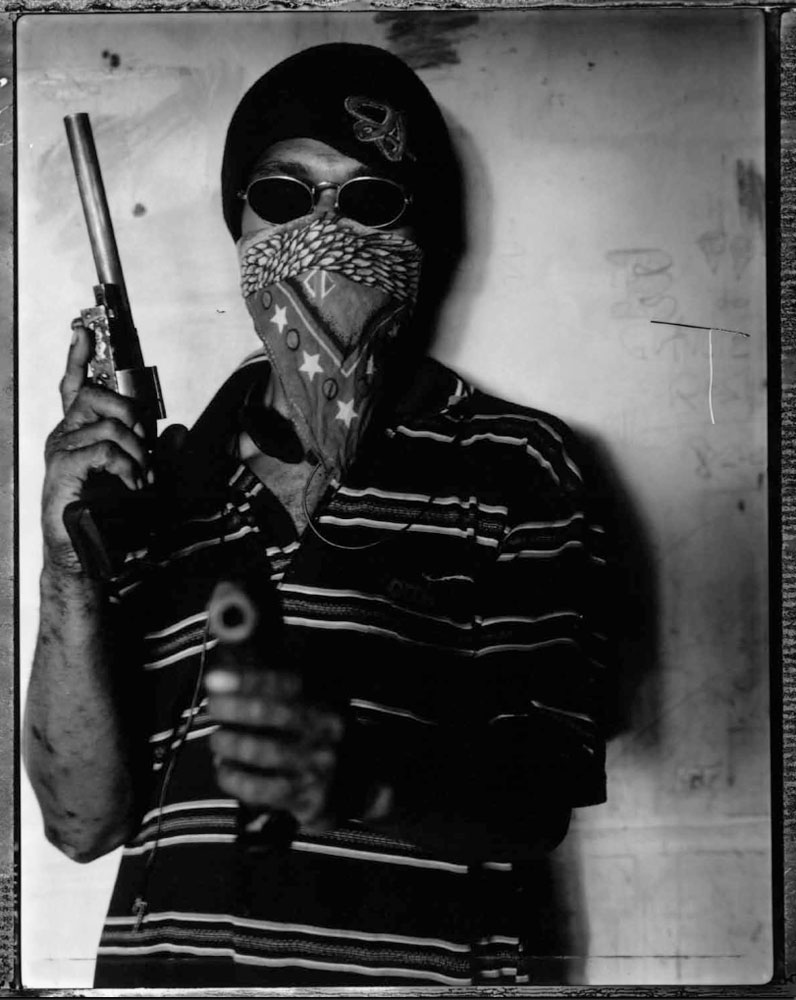
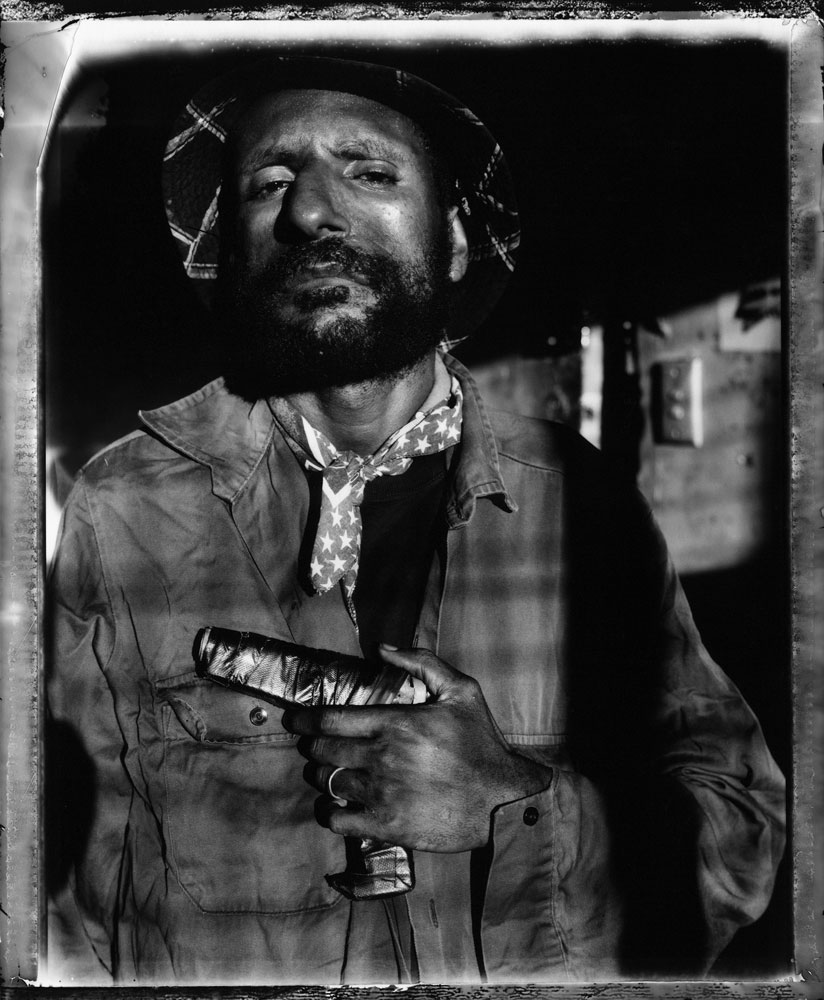
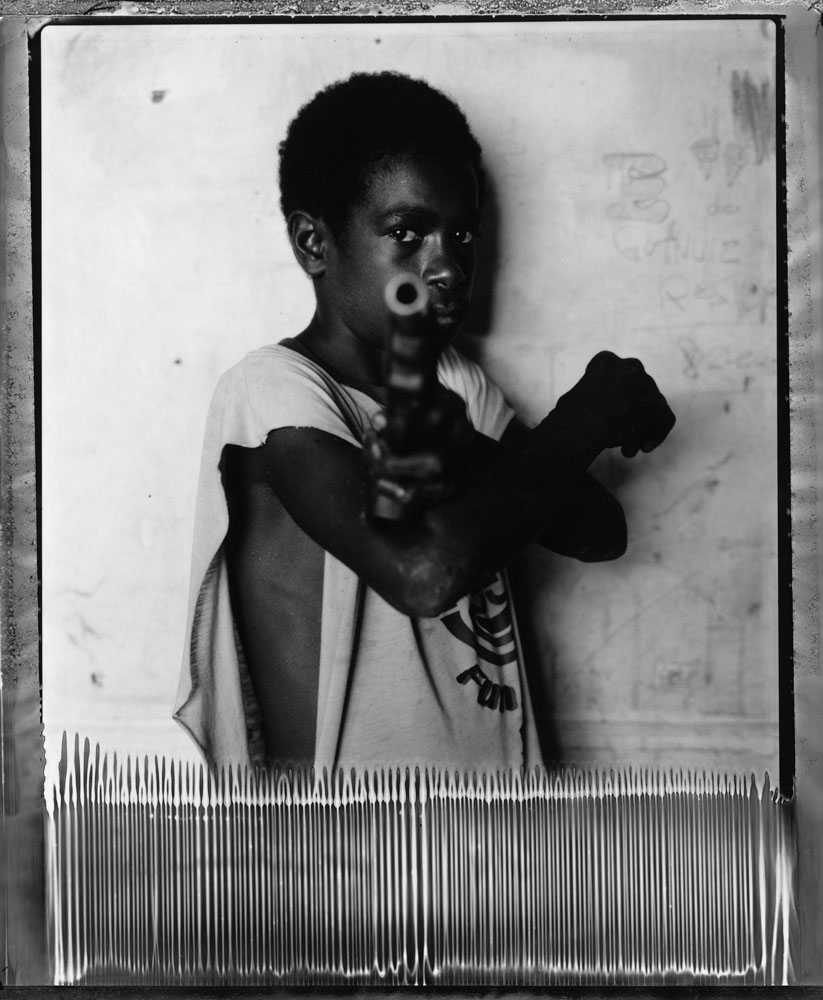



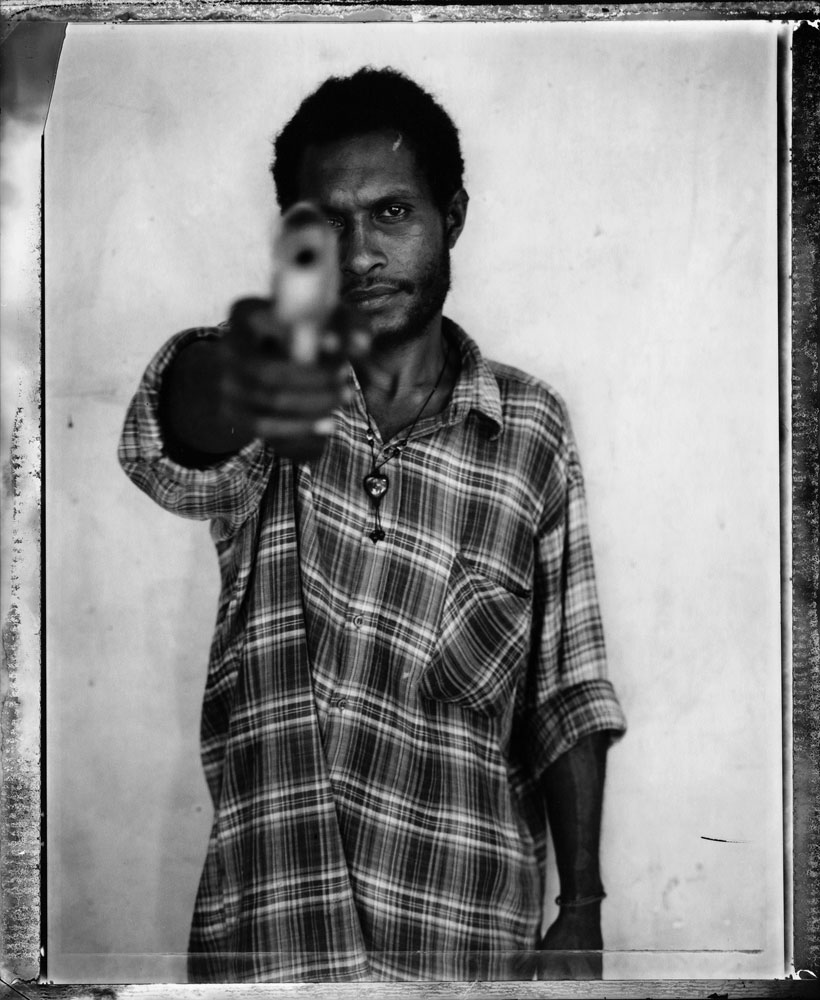

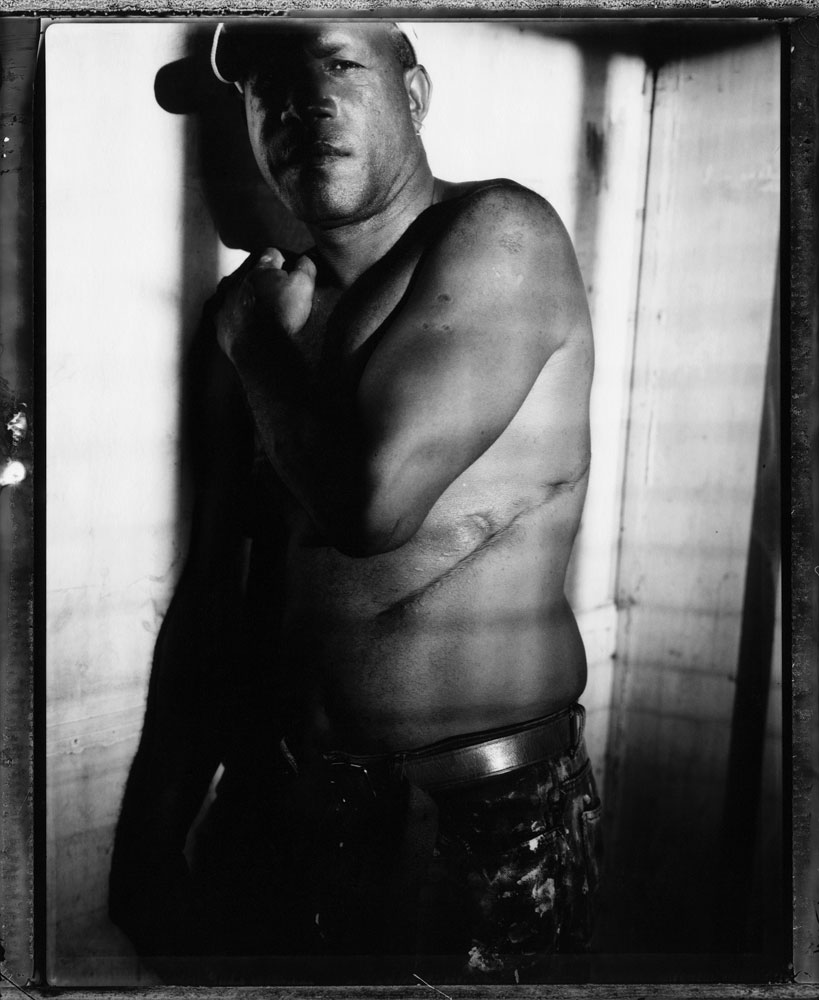

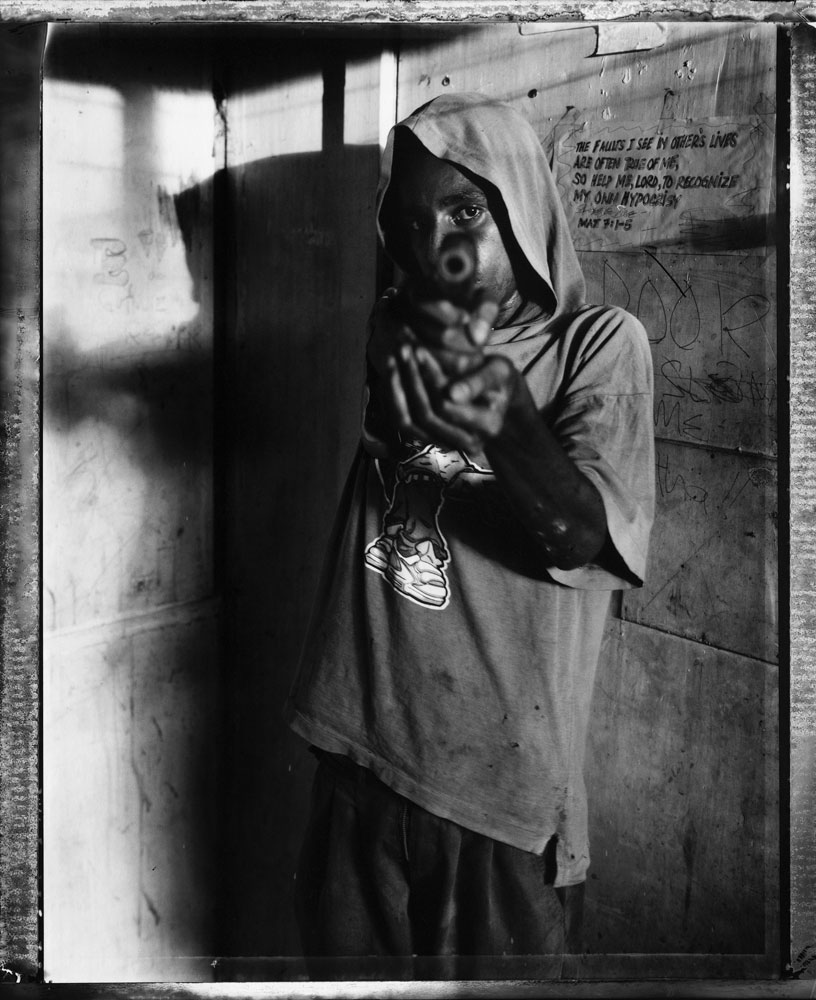
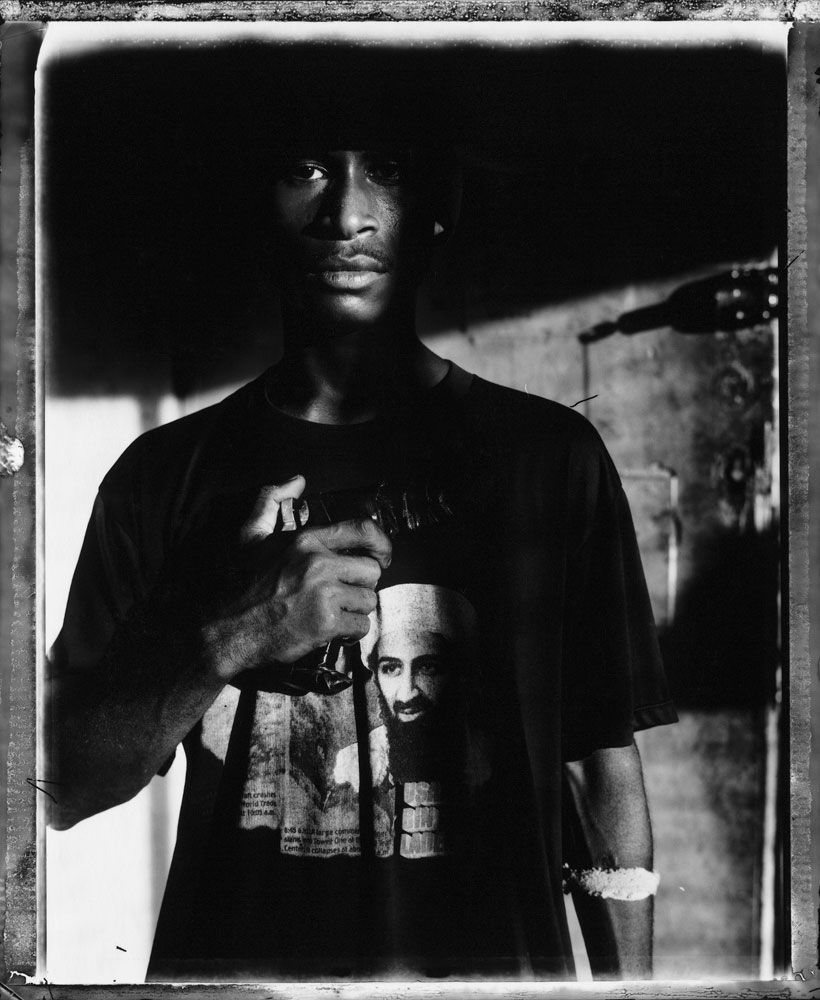
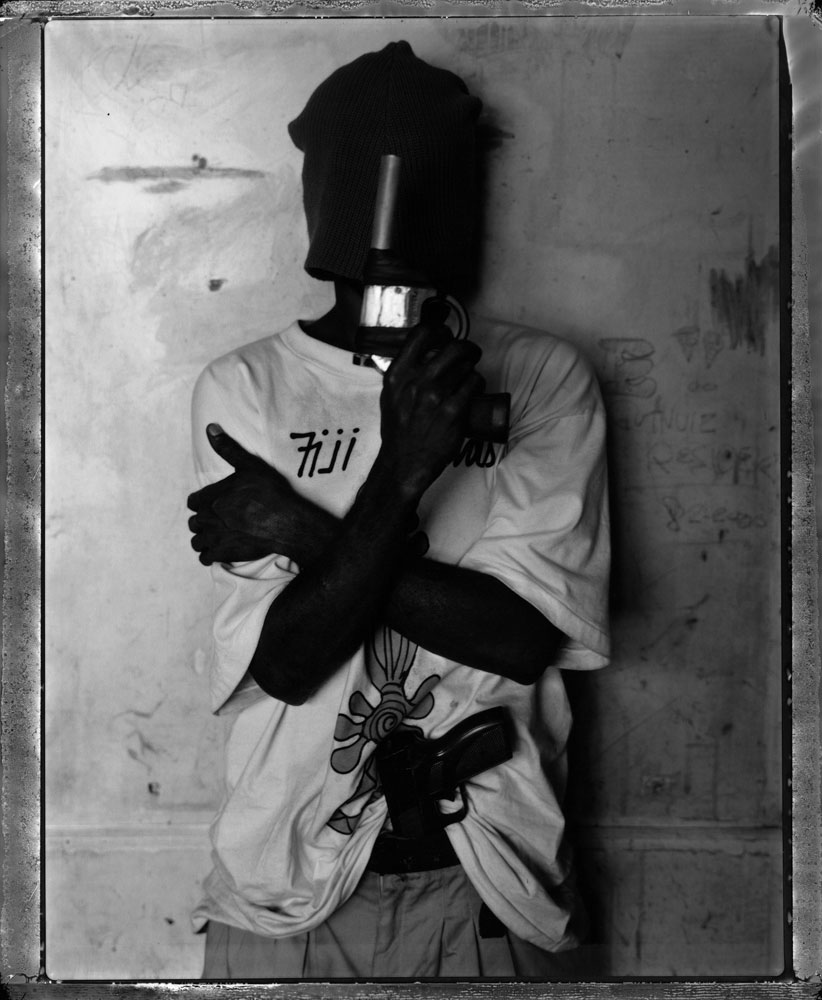
More Must-Reads From TIME
- The 100 Most Influential People of 2024
- The Revolution of Yulia Navalnaya
- 6 Compliments That Land Every Time
- What's the Deal With the Bitcoin Halving?
- If You're Dating Right Now , You're Brave: Column
- The AI That Could Heal a Divided Internet
- Fallout Is a Brilliant Model for the Future of Video Game Adaptations
- Want Weekly Recs on What to Watch, Read, and More? Sign Up for Worth Your Time
Contact us at letters@time.com